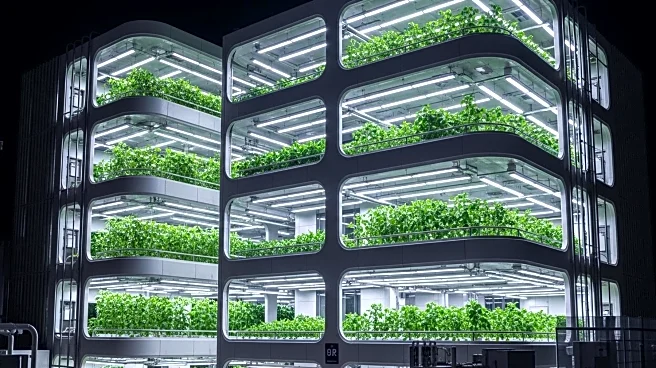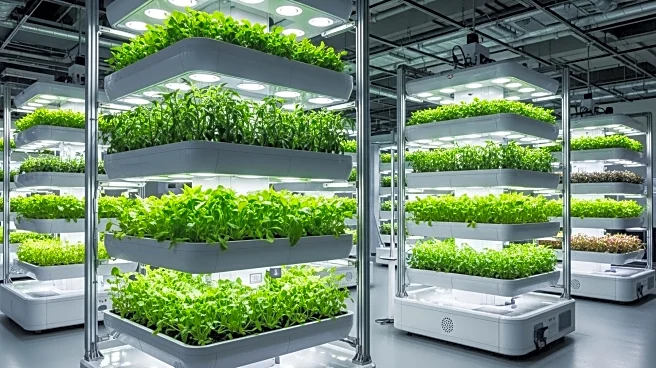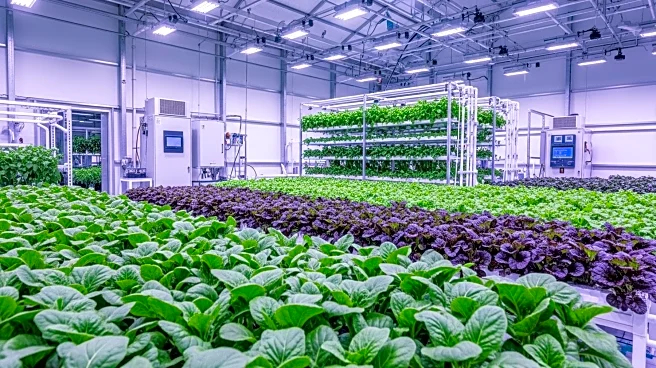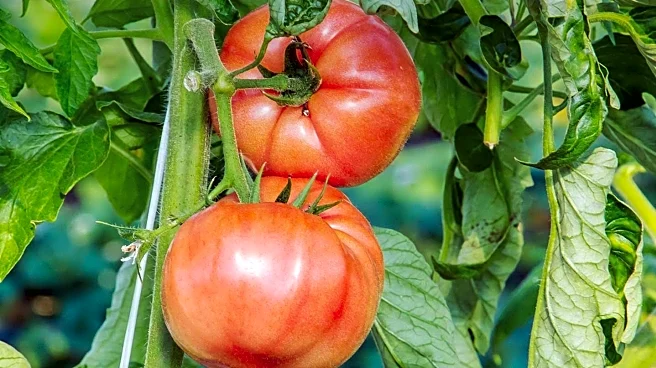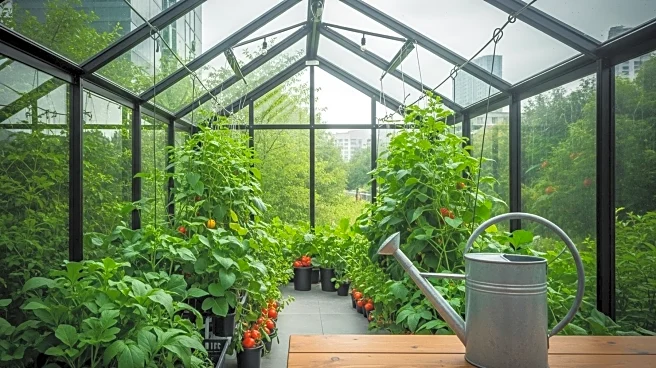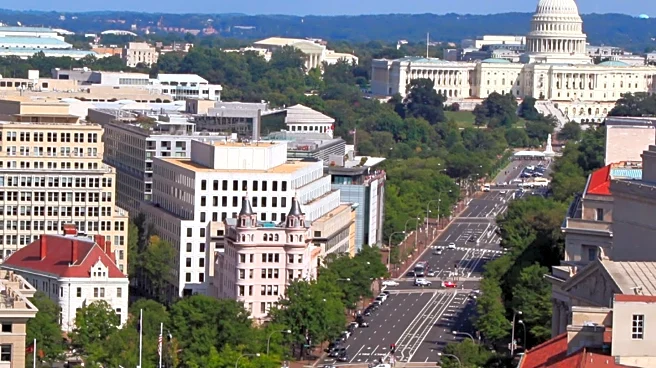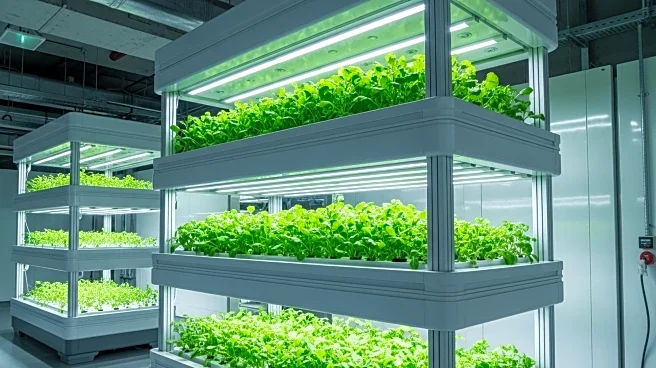What's Happening?
Vertical farming is emerging as a promising solution to address food insecurity in urban areas, according to experts from the Food and Agriculture Organization (FAO). As urban populations grow, ensuring access to healthy and affordable food becomes increasingly challenging. Vertical farming, which involves growing crops in stacked layers indoors, offers a way to produce food efficiently while conserving land and water. The FAO is investing in strategies to reshape food systems, emphasizing the importance of urban agriculture in improving food access and security.
Why It's Important?
With approximately 1.7 billion people in urban areas facing food insecurity, innovative solutions like vertical farming are crucial. This method not only addresses the scarcity of arable land but also reduces food waste and enhances local food production. By integrating vertical farming into urban planning, cities can improve food access for vulnerable populations, reduce dependency on external food sources, and promote sustainable agricultural practices. This approach aligns with global efforts to create resilient and equitable food systems, particularly in densely populated urban environments.
Beyond the Headlines
Vertical farming also presents opportunities for community engagement and empowerment. By utilizing public spaces for food production, cities can foster collaboration and strengthen social ties. However, challenges such as high energy costs and the need for technical support must be addressed to scale these initiatives effectively. Government support and inclusive policies are essential to sustain and expand urban agriculture projects, ensuring they contribute meaningfully to food security and community resilience.
